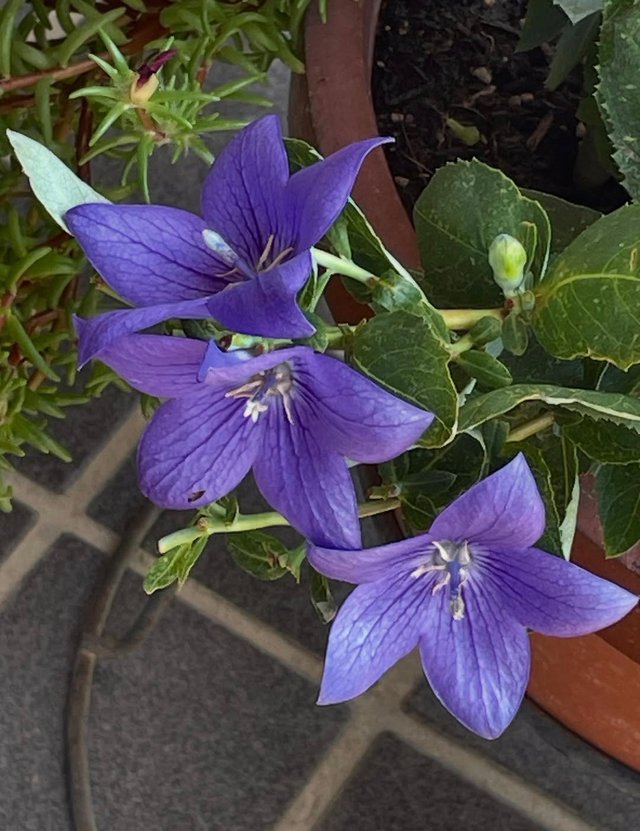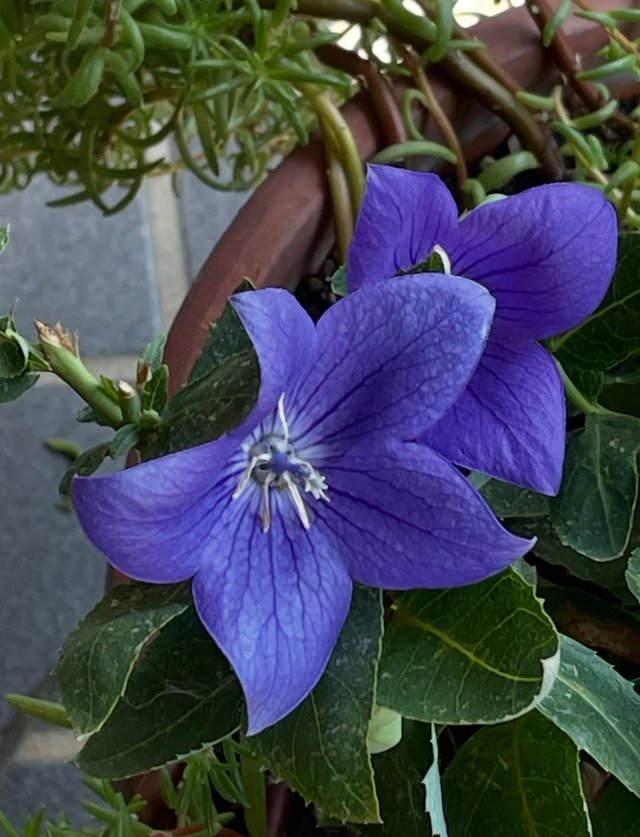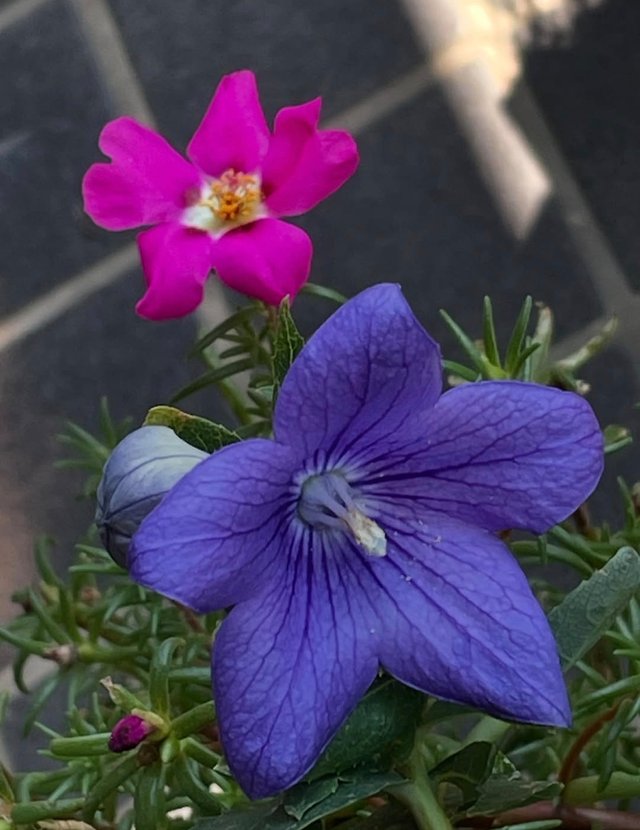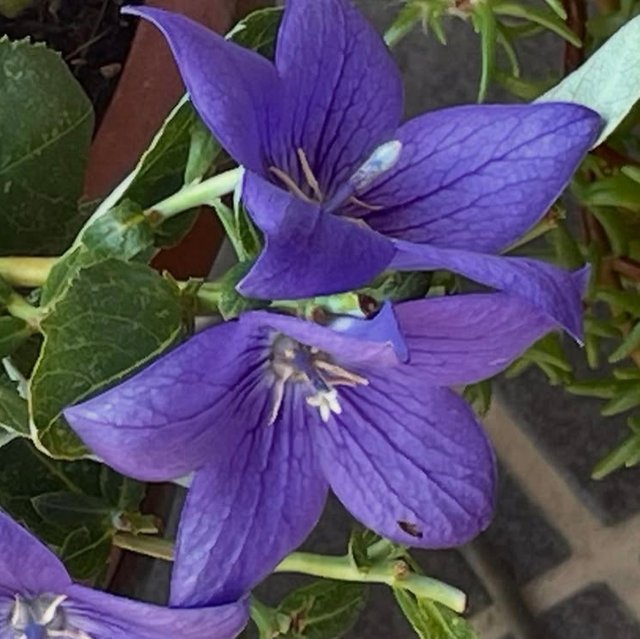Bellflowers
Bellflowers, known botanically as Campanula, are a large and varied genus of flowering plants celebrated for their bell-shaped blooms and charming, romantic presence in both wild and cultivated landscapes. With over 500 species distributed across temperate regions of the Northern Hemisphere, these flowers come in a surprising range of forms — from low-growing groundcovers to tall, spire-like perennials.Whether growing in alpine meadows, woodland clearings, rock gardens, or cottage borders, bellflowers bring a delicate beauty that ranges from deep violet-blue to pale lavender, icy white, and even pink. Their name comes from the Latin “campanula”, meaning “little bell”, and it’s easy to see why — the nodding, cup-like blossoms look like tiny bells dancing in the wind.
The defining feature of bellflowers is their bell- or star-shaped flowers, which may face upward, outward, or droop gracefully downward. Despite their name, not all Campanula species have true bell-shaped flowers — some have flat, open stars, tubular blooms, or cup-and-saucer forms.
Most commonly blue or violet, but also found in white, pink, and lavender.Bell-like, star-shaped, or tubular.Arrangement: Solitary blooms or clusters along upright stems.Leaves vary from small and oval to long and lance-shaped.Some species have low rosettes of leaves, while others form upright clumps or creeping mats.Foliage tends to be mid-green and sometimes slightly hairy.Ranges from 5 cm (dwarf rock garden types) to over 1.2 meters.Some varieties spread slowly via underground rhizomes.Bellflowers are native to many types of environments, including.




